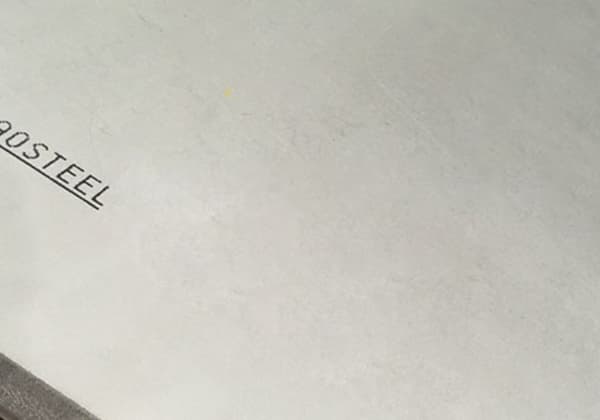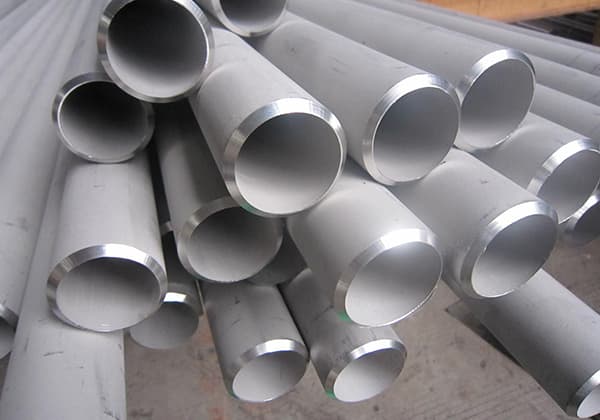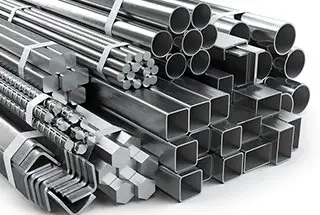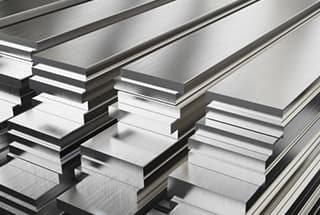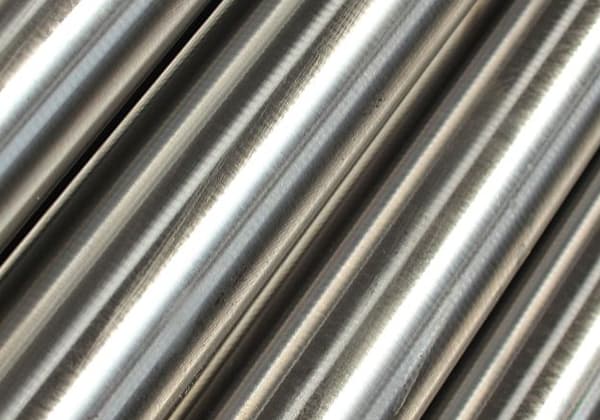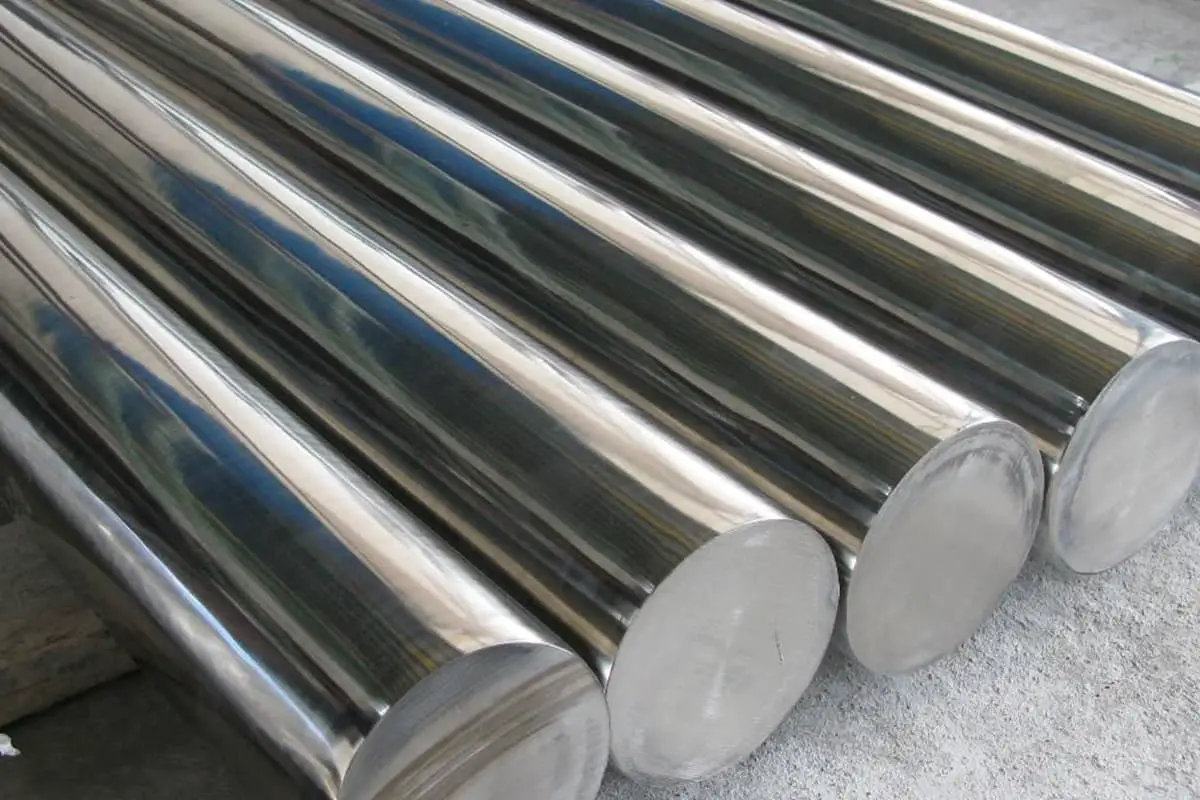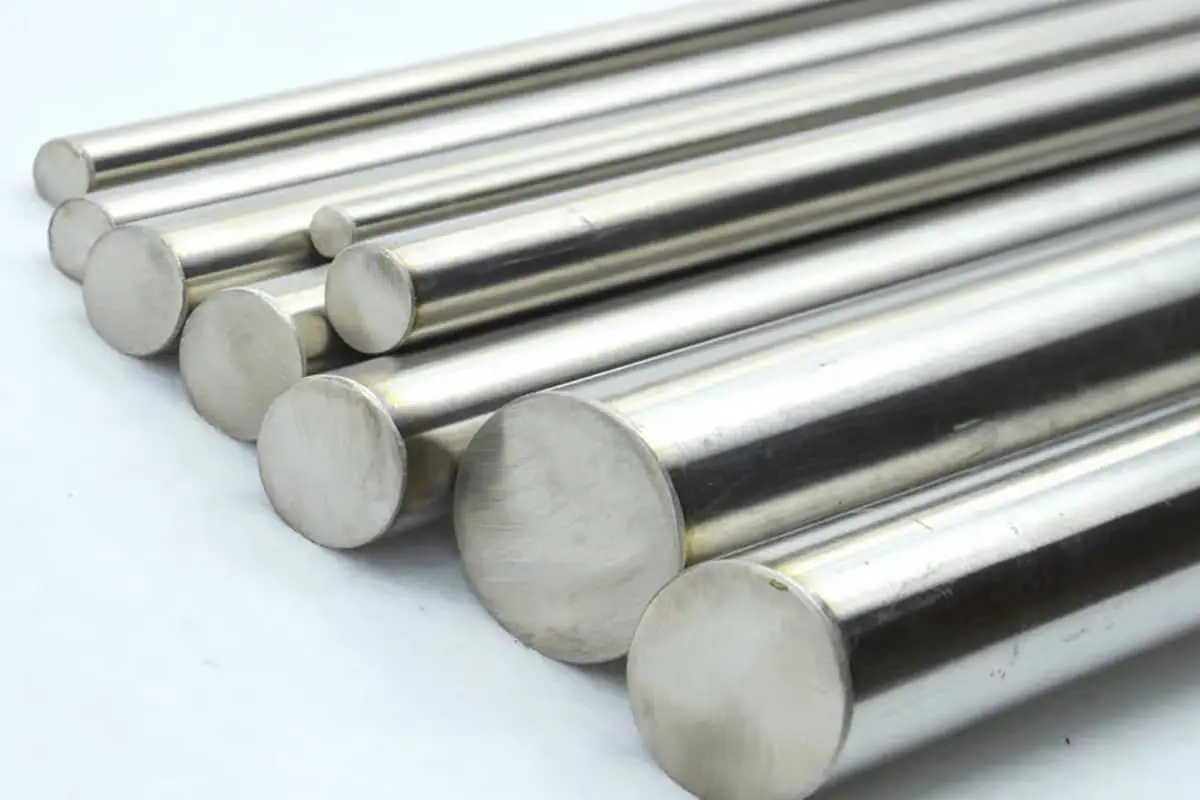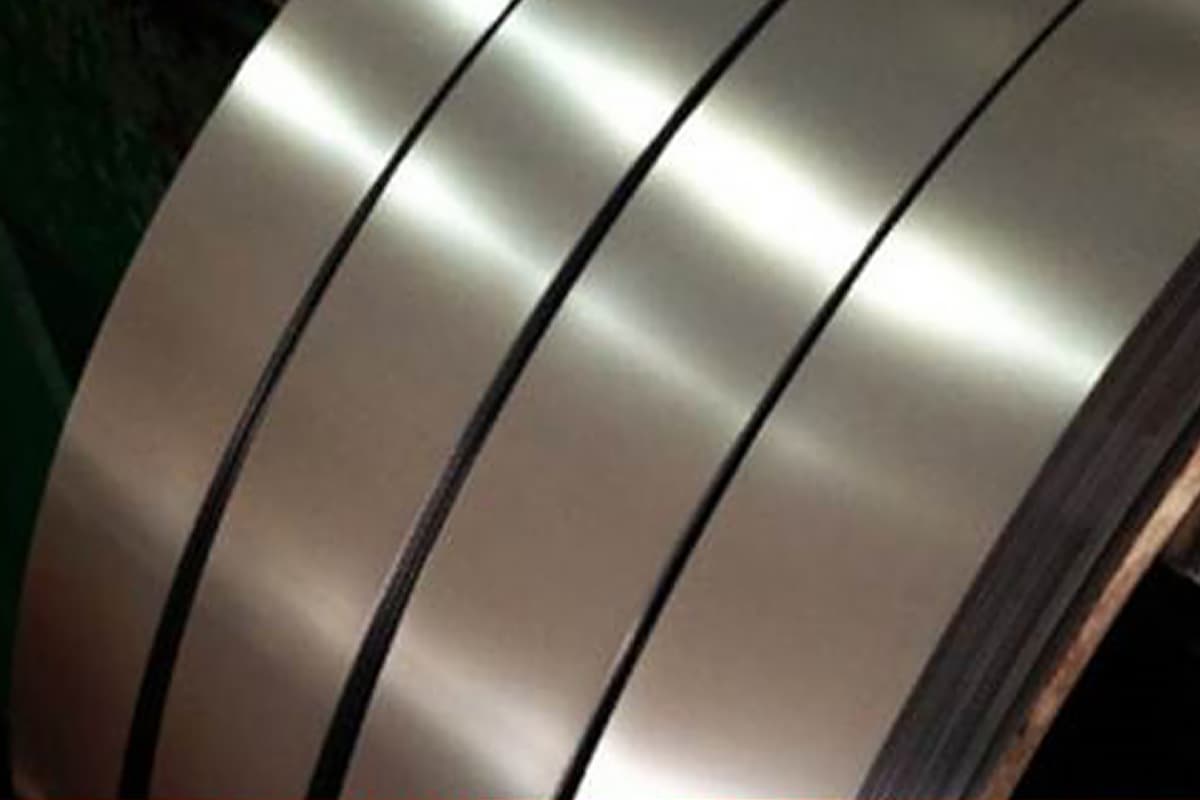
Which stainless steel is better for your next project: SUS304 or SUS444? This article dives into the key differences between these two popular materials, highlighting their unique properties, applications, and cost considerations. Learn how each type stands up to corrosion, heat, and mechanical stress, and discover why SUS444 might just be the future of stainless steel solutions in industries ranging from water treatment to food processing. By the end, you’ll know exactly which stainless steel fits your needs and why.
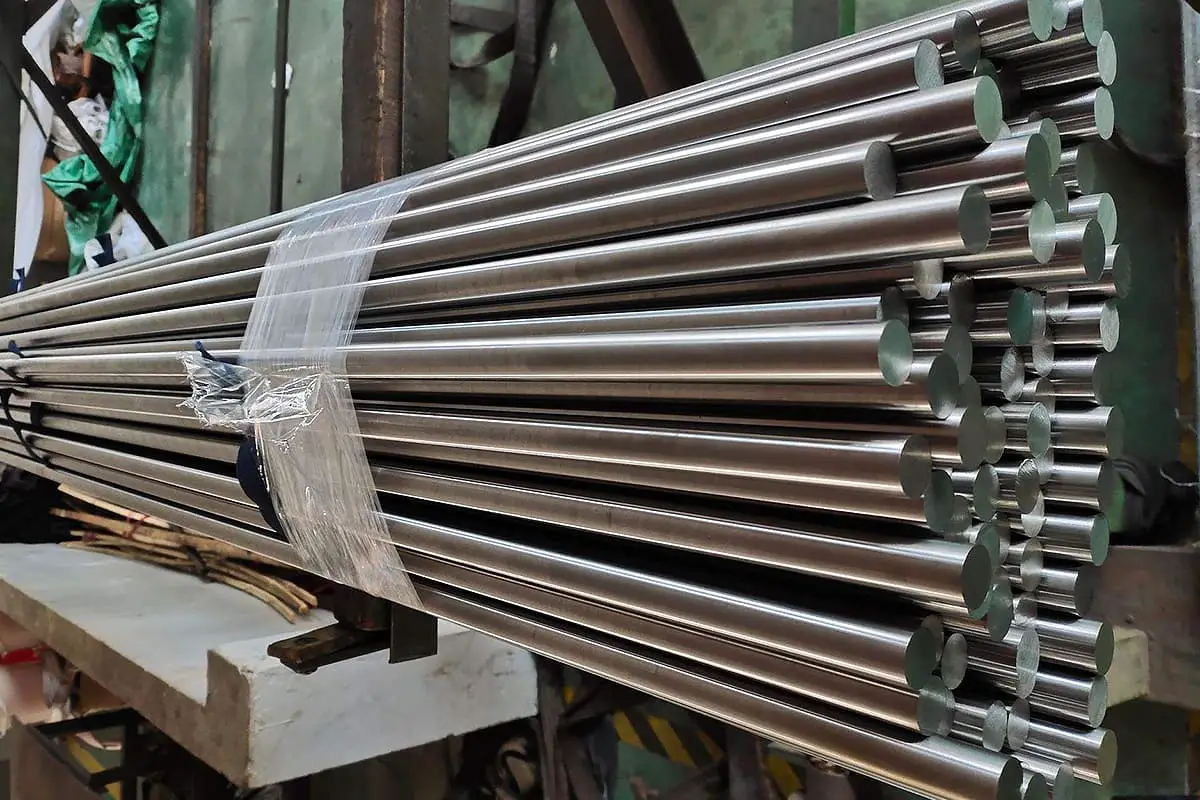
Carbon steel is essentially low-carbon steel, without any added elements (excluding trace impurities). Under the effect of corrosive media, the surface of the carbon steel quickly forms a loose layer of iron oxide (Fe3O4), commonly known as rust.
This layer cannot isolate the metal from the media, causing the oxygen atoms from the exterior to continually diffuse inward and perpetuate the rusting and corrosion of the steel piece until it is completely destroyed.

Stainless steel is a type of steel that is smelted by adding a certain amount of chromium (Cr) to carbon steel. Why doesn’t it rust or corrode? The main reason is the presence of chromium in the steel.
Due to the influence of chromium, under the impact of corrosive media, a sturdy and dense layer of chromium oxide film, known as the “passivation film,” forms on the surface of the steel piece. This film is extremely thin and transparent, making it almost invisible to the naked eye.
Hence, the shiny metallic surface is still visible. This film isolates the metal from the external media, preventing further corrosion of the metal. In addition, it has the ability to self-repair.
If the film is scratched or damaged by external forces, the exposed steel surface’s chromium will react with the oxygen in the media to regenerate the passivation film, continuing its protective function.
Our company consistently uses food-grade aeronautical stainless steel material, SUS304, as the base material for water tanks to ensure the quality of the stainless steel water tanks and establish our brand. The primary component of this stainless steel is low-carbon steel, with a chromium content of no less than 17%.
Additionally, the nickel (Ni) content is not less than 10.5%, and the proportion of other elements such as molybdenum, manganese, and nitrogen is relatively small.
As the price of nickel, a strategic resource for stainless steel, continues to rise, the development of nickel-saving, high-performance stainless steel has become the main focus of research for stainless steel manufacturers.
High-purity ferritic stainless steel SUS444 is a type of environmentally friendly, nickel-saving ferritic stainless steel product. It has excellent corrosion resistance and has been widely used in water treatment systems abroad, but its application in our country is just beginning.
The smelting difficulty of stainless steel SUS444 is much higher than SUS304, which has necessitated importation from abroad. Due to the complexity of purchasing channels, there are very few manufacturers in our country using stainless steel SUS444.
Currently, Baosteel Company has successfully produced high-purity ferritic stainless steel SUS444 that meets the standard. This new nickel-saving and environmentally friendly stainless steel product has been in high demand since its inception.
Now, let’s compare SUS304 stainless steel and SUS444 stainless steel:
| SUS304 | SUS444 |
| 0Cr18Ni9 | 00Cr18Mo2 |
| Non-magnetic | Magnetic |
| Low Carbon | Ultra-low carbon |
| Has good rust resistance and corrosion resistance. | Has superior rust resistance and corrosion resistance. |
| The surface has a bright luster. | The surface has a moderate luster. |
| Harmless to the human body, food grade. | Harmless to the human body, food grade. |
| Approximately 40 yuan per kilogram. | Approximately 30 yuan per kilogram. |
Here, we will discuss the specific properties of SUS444 stainless steel:
The yield strength of stainless steel SUS444 is about 1.5 times that of carbon steel and six times that of fiberglass, making it outstandingly resistant to shaking, snow accumulation, wind pressure, and impact.
The ferritic stainless steel SUS444 has a high thermal conductivity, approximately 130%-150% of that of chromium-nickel austenitic stainless steel, making it highly suitable for heat exchange applications.
Its thermal expansion coefficient is small, only about 60%-70% of chromium-nickel austenitic stainless steel, making it highly suitable for applications that involve thermal expansion and contraction, and heat cycling without deformation.
This steel type has good ductility and toughness, making it suitable for stretching, wire drawing, and stamping manufacturing. In terms of corrosion resistance, this steel type is excellent.
Its corrosion resistance in high chloride media is superior to that of regular ferritic stainless steel and austenitic stainless steel, and it does not suffer from chloride stress corrosion cracking.
This steel type can be welded using the methods typically used for other stainless steels, making it especially suitable for food processing equipment, heat exchangers, hot water tanks, storage tanks, solar collection panels, etc.
The only downside to this steel type, compared to other stainless steels, is its magnetism. With this in mind, it is not suitable for use in sensitive electronic equipment, aviation equipment susceptible to electromagnetic wave or magnetic noise interference.
Considering the overall performance and price, our company intends to replace SUS304 with SUS444 as the main material for our stainless steel water tanks. Its superior performance can fully meet our brand requirements for water tanks.
We hope that our business elites can fully promote this new type of stainless steel material, inform our customers of its advantages, and break the traditional mindset that only SUS304 can be used for water tanks.

